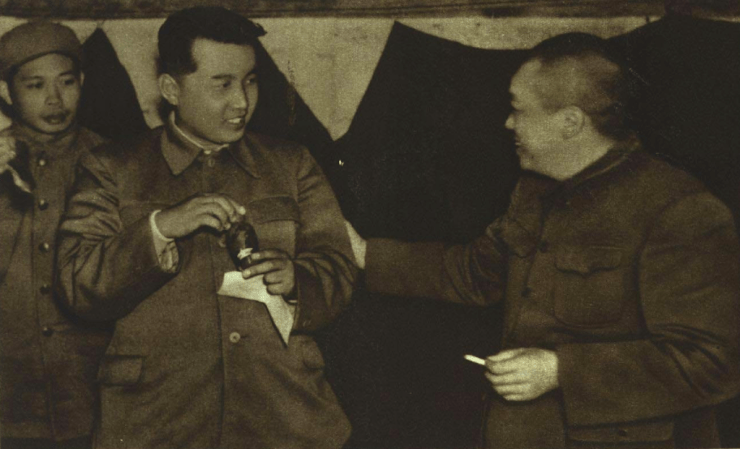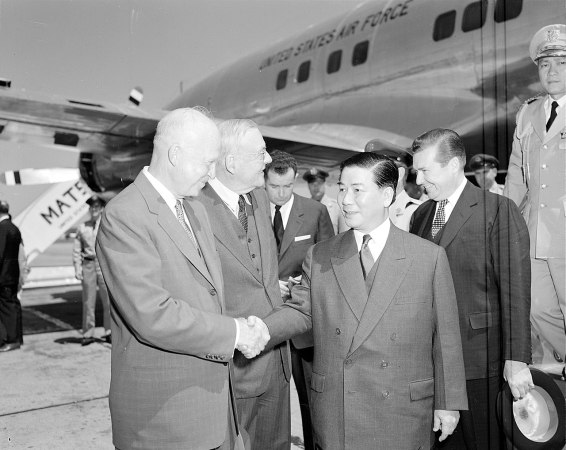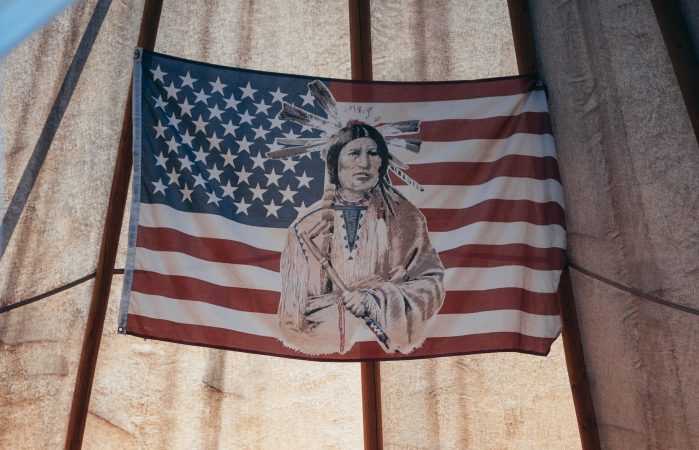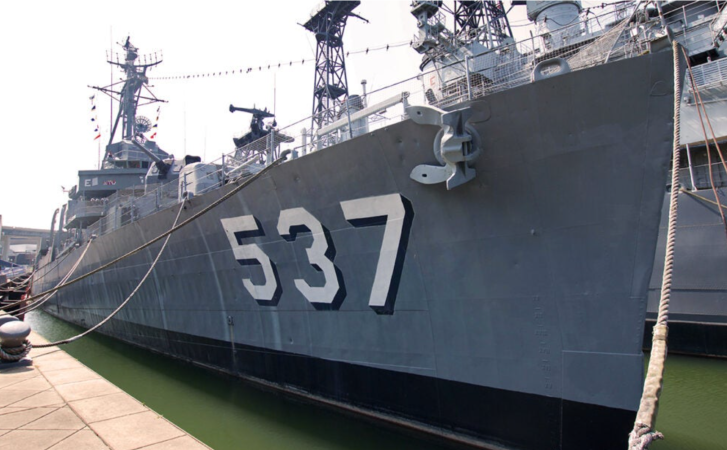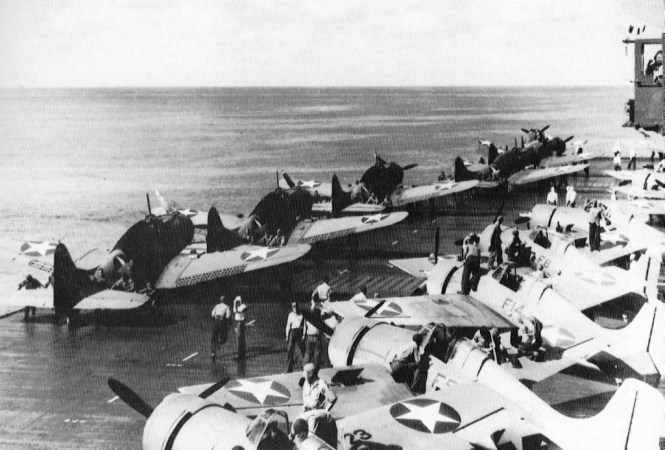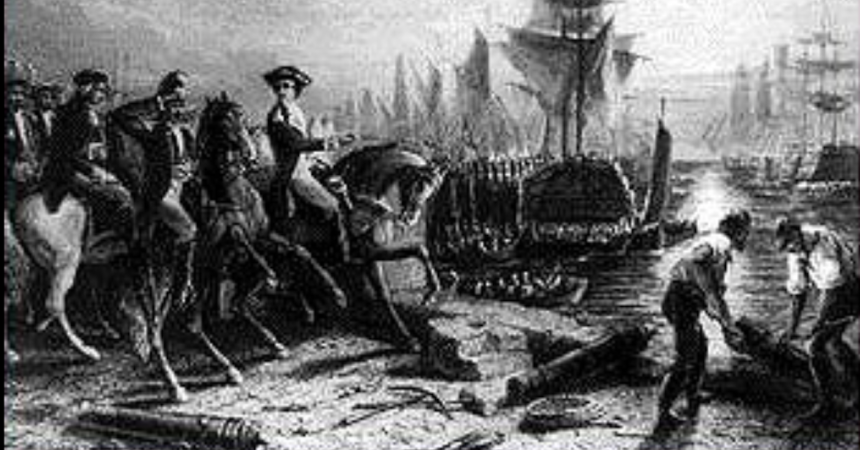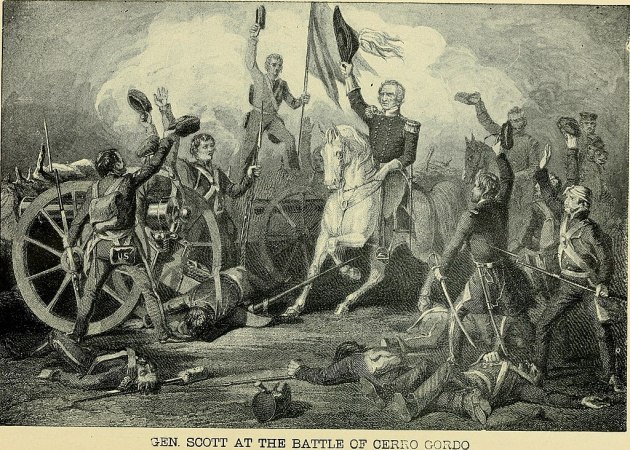When Venezuelan President Hugo Chavez died in March 2013, the government there declared its intention to have the body embalmed and put on permanent display. It was to be preserved and placed in La Planicie Barracks, a military museum near Venezuela’s presidential palace, Miraflores. Unfortunately for Venezuela’s Chavistas, the body decayed much too quickly and had to be interred instead.
No matter what people in other countries may think of Chavez, the Venezuelans mourned Chavez for seven days and staged an elaborate state funeral. His body laid in state for public visitation before being buried. The Venezuelan president was not the first world leader whose body was to be embalmed and displayed for posterity. Many have come before him, mostly dictators. You can be your own judge of whether Chavez belongs in that group while you’re planning your world tour to visit these others (who most definitely are in that group) preserved for the world to see.
1. Vladimir Lenin, Russia – Died January 21, 1924

Lenin changed the 20th century and beyond with the overthrow of Czar Nicholas II and the founding of the Soviet Union. He set Russia on the path from being beaten up by any emerging world power (looking at you, Japan) to being one of two countries to ever be considered a superpower. The “Red Terror” under his reign is estimated to have killed tens of thousands of Russians. Still, after his 1924 death, his body was encased in glass and set up in Moscow’s Red Square where it lies today.
2. Ho Chi Minh, Vietnam – Died September 2, 1969
Ho Chi Minh is the founder of the People’s Republic of Vietnam. Many in our audience may know Ho Chi Minh as a “son of a bi*ch” with “the blue balls, crabs, and the seven-year itch.” Before the war in Vietnam, however, Ho fought with the OSS against Japanese occupation in Indochina and expected an independent Vietnam after WWII. He even quoted Thomas Jefferson during his Independence Day speech to millions of Vietnamese onlookers.

Ho is also responsible for purges of non-communist members of the Viet Minh who helped bring him to power, as well as an estimated 173,000 killings during Vietnamese land reforms. He ruthlessly put down peasant rebellions and tortured and killed political enemies. His body lies in state in a granite mausoleum modeled after Lenin’s in Hanoi.
3. Mao Zedong, China – Died September 9, 1976
The only question left about Chairman Mao is how many people really died as a result of his leadership. From the Chinese Civil War to the Long March to the Cultural Revolution to the Great Leap Forward, Mao is estimated to be responsible for upwards of 78 million Chinese deaths. Mao Zedong is literally the worst thing to happen to humanity in all of human history.

His remains are in Beijing’s Tiananmen Square, across from the Forbidden City, which is iconically adorned with a large painting of his image.
4. Ferdinand Marcos, Philippines – Died September 28, 1989
Marcos served first in the Philippines’ House of Representatives and then in the Senate before being elected President in 1966. He was re-elected in 1969, just one year later a tide of unrest washed over the island nation. Marcos responded by declaring martial law and beginning a rule by decree. For over twenty years, Ferdinand Marcos ruled the Philippines like a king. His armed forces brutally suppressed dissent. He imprisoned tens of thousands of political opponents and Marcos himself embezzled state funds for personal use.

A contested election in 1983 turned from a transition of power into a revolution. Supporters of opposition leader Corazon Aquino, the wife of assassinated anti-Marcos Senator Benigno Aquino, took to the streets of Manila and began to occupy government buildings and broadcasters. Marcos, under advice from the White House, fled to Hawaii, where he died in exile. His embalmed body lies in a refrigerated crypt at the Marcos Museum and Mausoleum in the Philippine city of Batac.
5. Kim Il-Sung, North Korea – Died July 8, 1994
The founder of North Korea and Korean War aggressor Kim Il-Sung died in 1994 after 46 years of unchallenged rule. Technically, he is still the president, as he was granted the title of “Eternal President” by constitutional amendment after his death. The regime even instituted a new “Juche” calendar beginning with the year 1912, the year of Kim’s birth.

His body is draped in a Korean Worker’s Party flag at the Kim Il Sung Mausoleum in the Kumsusan Palace of the Sun in Pyongyang. He is expertly angled so the massive, baseball-sized calcium deposit on his neck is not visible to the general public.
6. Kim Jong-Il, North Korea – Died December 17, 2011
Kim took over for his father in 1994, right after his death. North Korea thus became the first secular, Communist dictatorship with a line of hereditary succession. The younger Kim ruled for just under 20 years, dying in 2011 of a suspected heart attack while berating subordinates over the construction of a power plant.

Kim Jong-Il’s reign oversaw some of the worst years of the North Korean regime, including the disastrous four-year famine that killed upwards of 3.5 million people. As a result, he is often depicted in North Korean artwork with waves from a stormy sea crashing on rocks, symbolic of his “stoicism” in weathering the storms. He is also at the Kumsusan Palace of the Sun.
BONUS (Not a Dictator): Pope John XXIII, Vatican City – Died June 3, 1963
Pope John XXIII was not a dictator, really. Not in the accepted sense of the term, although the Pope does have nearly-autocratic rule in the Vatican (the Holy See is his religious jurisdiction, as a head of state, he oversees the Vatican City). Unlike the aforementioned dictators, this Pope has a history of liberalizing the Church, focusing on human rights and the needs of the poor. While officials were moving his body out of a Vatican crypt, they popped open his coffin and found him very well-preserved. He is now coated with a thin layer of wax and is on display at St. Peter’s Square.

In his early career before becoming Pope, John worked to help refugees (mostly Jewish) flee the Nazis. He intervened directly numerous times to ensure the safe passage of Jewish people out of Europe. His Papacy began on October 28, 1959 as he oversaw the Church’s recognition of the Jewish people as faithful and apologized for anti-Semitism on the behalf of the history of the Catholic Church.



